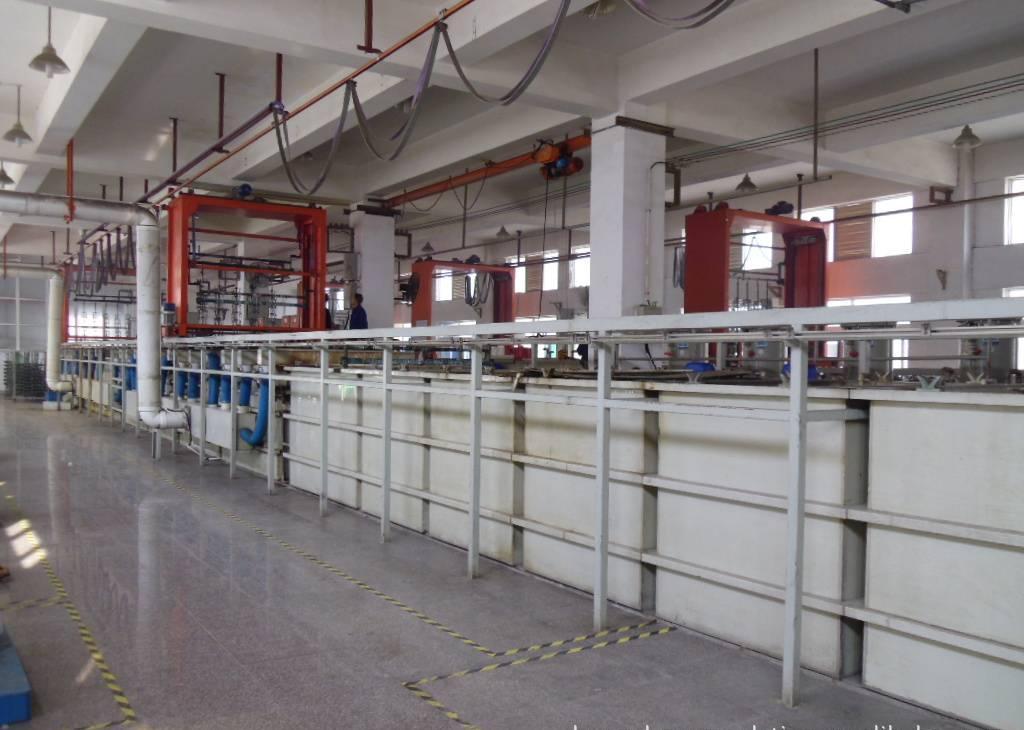Home / Cases / Titanium Anode / Iridium-tantalum coated titanium anode rod for chromium electroplating
There is increasing interest in utilizing mixed metal oxide (MMO) electrodes in a wide variety of plating applications. These dimensionally stable electrodes have very high catalytic activity and provide much higher throwing power and, hence, better plating distribution. This is particularly important for areas of the plated part that have an unfavorable aspect ratio or deep recesses. While the high catalytic activity is desirable, it can have consequences for the plating bath. In some instances, plating chemicals can be decomposed at the anode, thereby increasing chemical costs. Alternatively, the MMO coatings can be adversely affected by additives in the bath and the lifetime might be compromised.
The insoluble titanium anode for electroplating produced by Dinol company is used as a stable auxiliary anode in the customer's trivalent chromium electroplating, which improves the customer's electroplating production process. As an environmentally friendly technology, it has been favored by customers praise.
The parameters of this titanium anode are as follows:
Anode substrate:Gr1
coating:Iridium-tantalum mixed oxied
Size:φ10×350mm rod anode
Quantity:The first batch of 3000 pieces/total of 9000 pieces
Requirements:The thread processing part to ensure the flatness and must be coated
Warranty period: ≥3 years

The biggest advantage of using Dinol anode is that the electrocatalytic mmo coating can be customized, and the oxide coating formula can be adjusted according to different plating bath environments and requirements.The catalytic coating of the anode can be tailored to effectively control the potential at which the electrode operates. In this way it is possible to inhibit the oxidation of additives, such as levelers and brighteners, when used in plating and surface finishing processes. Or in another formulation, it can reduce chloride evolution in high chloride environments by more than 70%. This can dramatically reduce generation of noxious chlorine from chloride-containing baths.